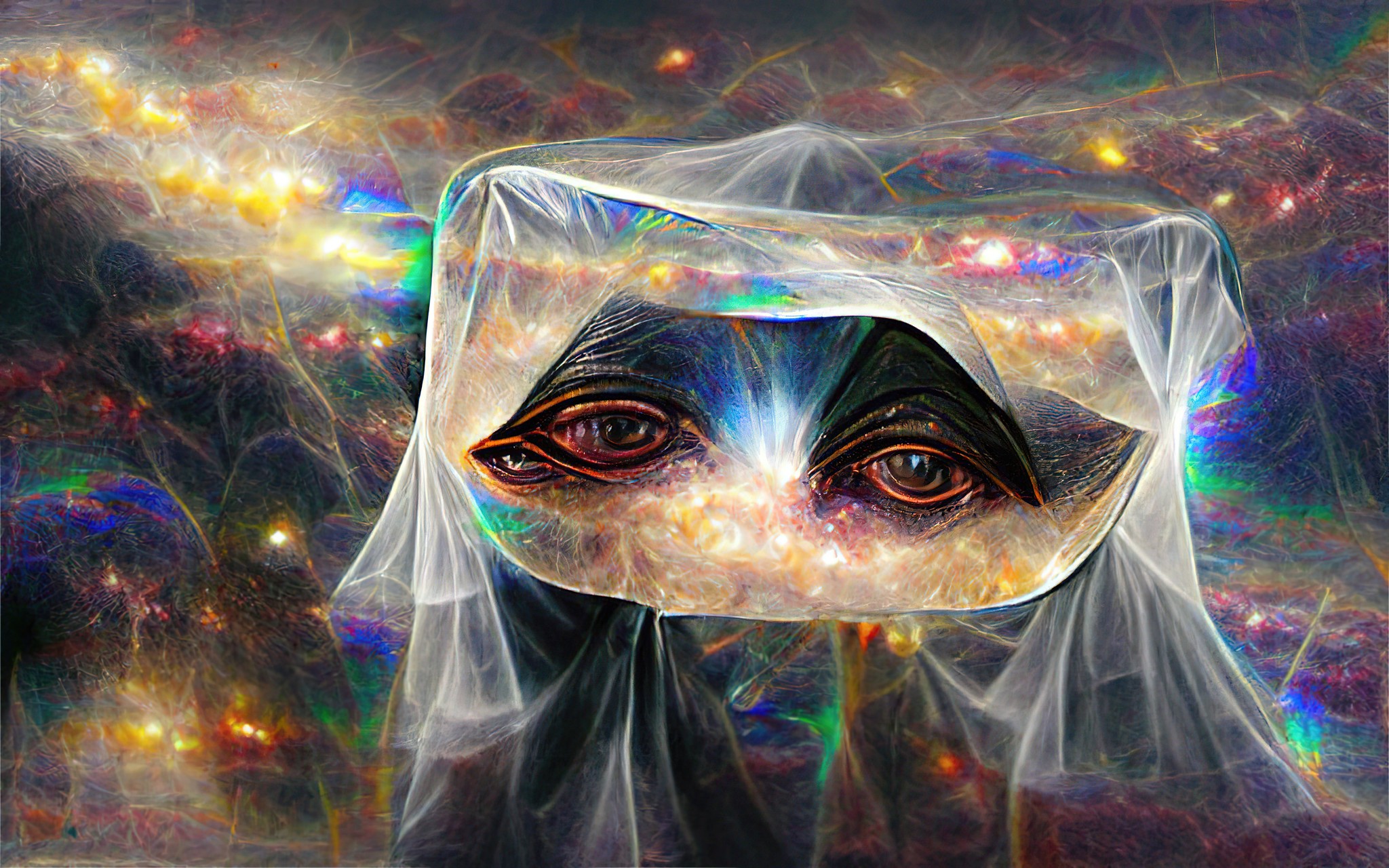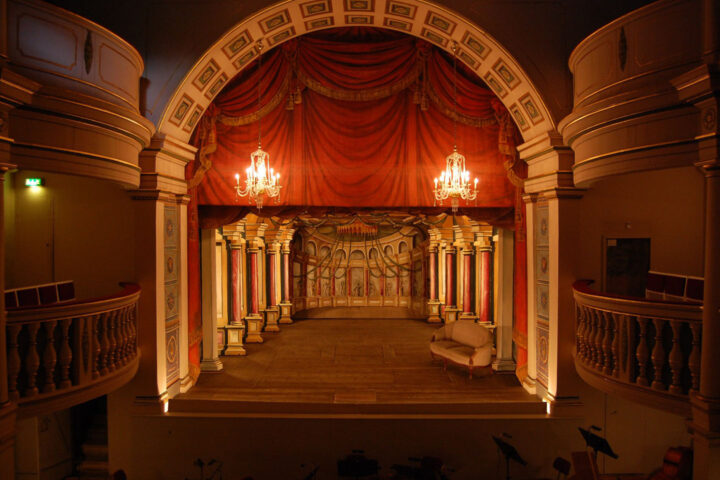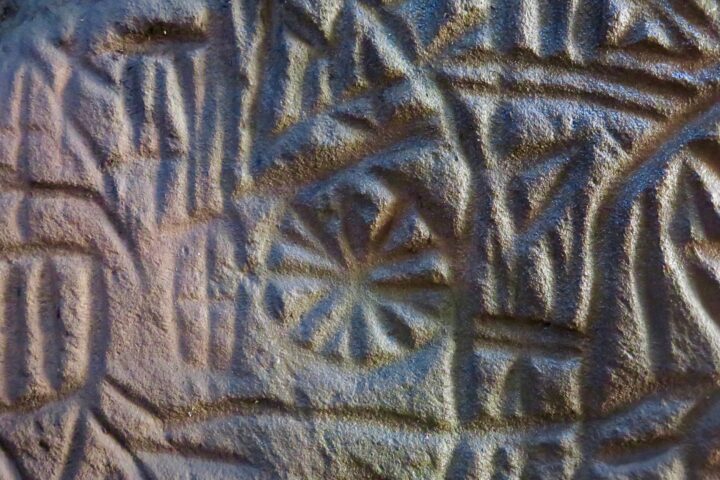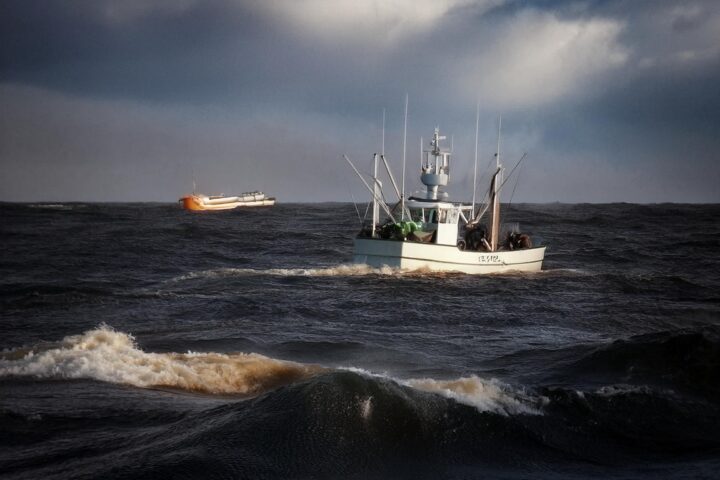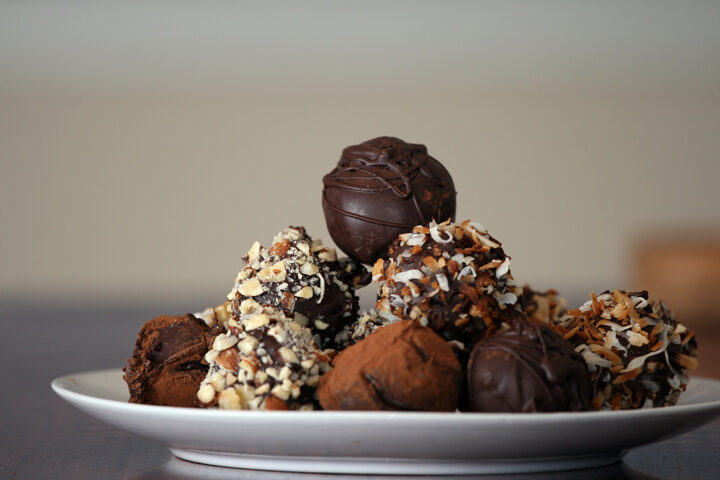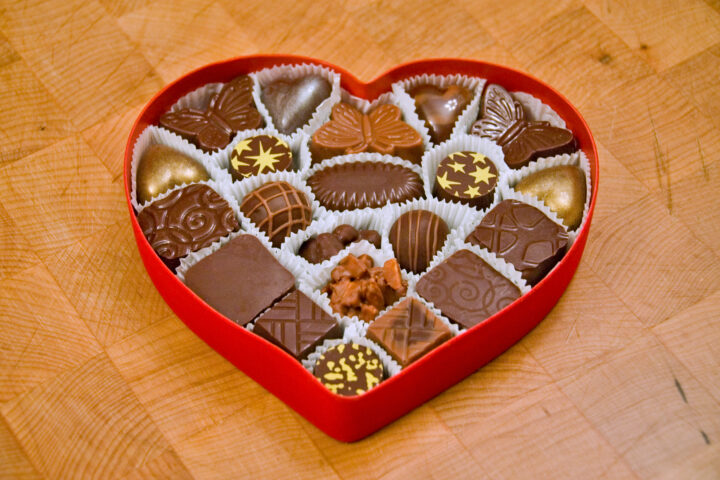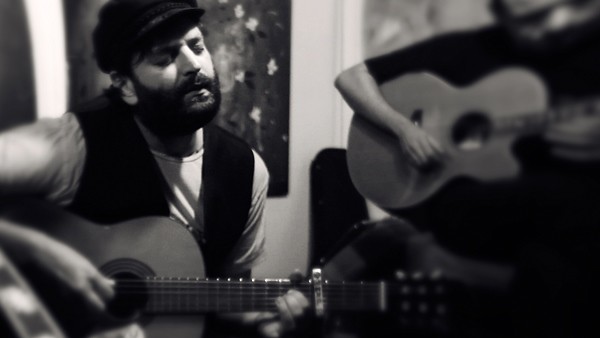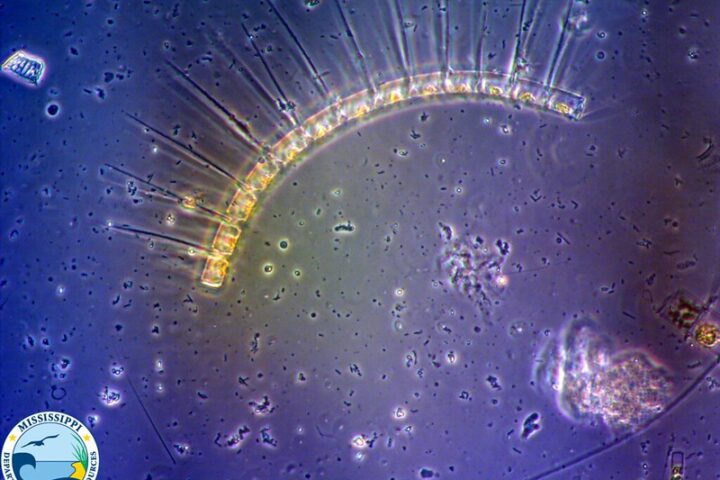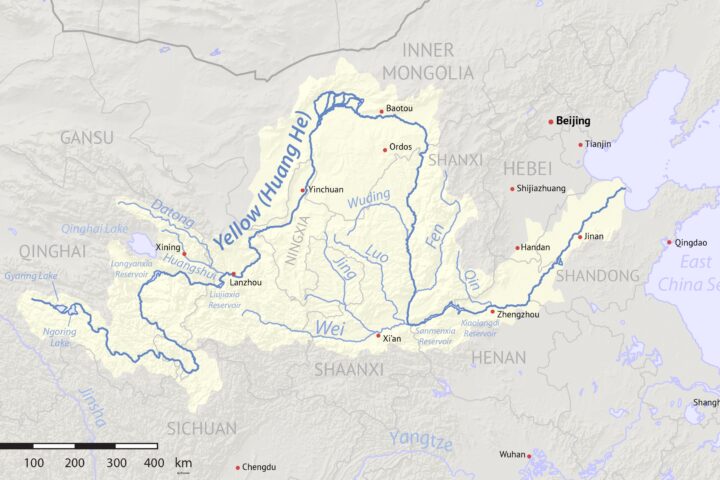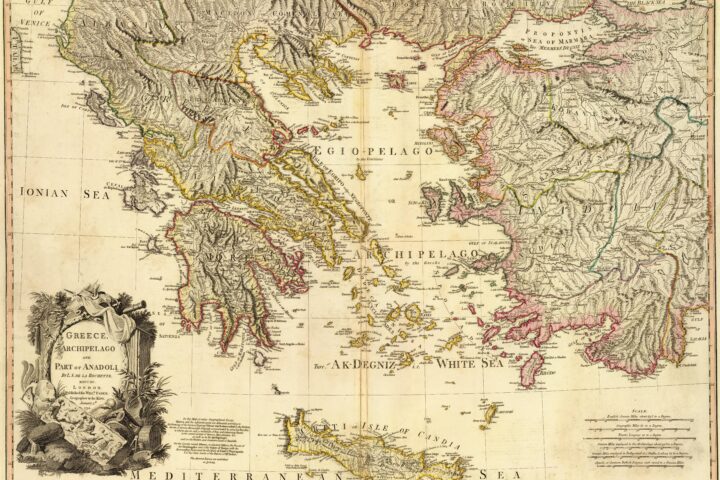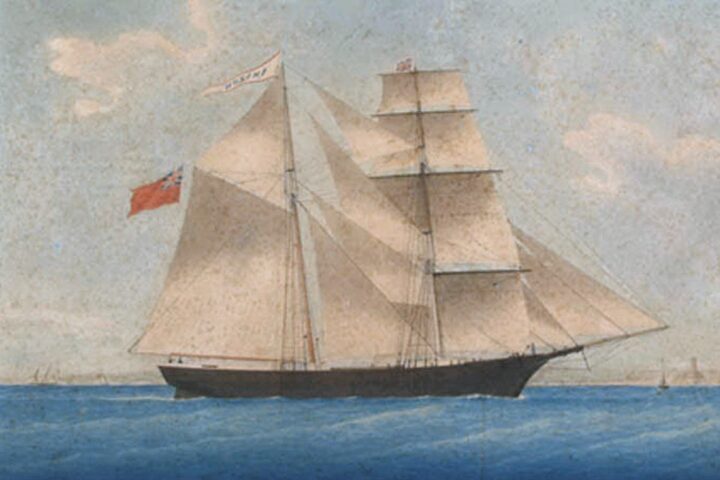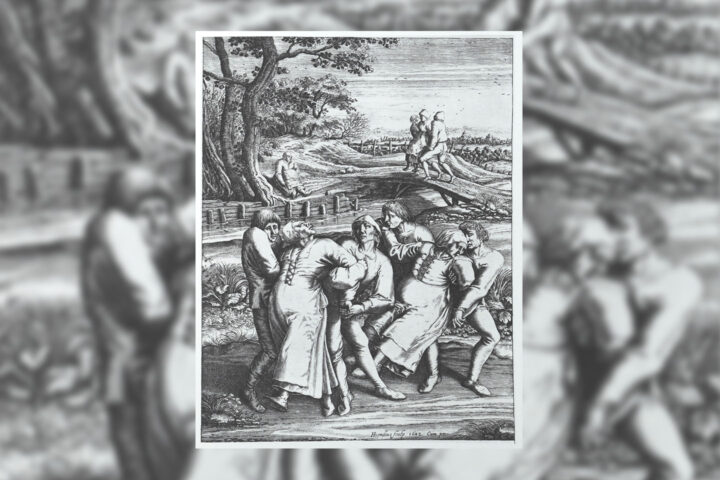Source: AI Art Prompt what exists beyond the veil_ai-impact-art-visual-storytelling
Read about technological advances and how AI is changing the artistic landscape of the whole wide world. Understand how AI is transforming visual storytelling.
Art has never died down and is ever-evolving. In this developing landscape, the 21st century has witnessed the emergence of a new player in the artistic world. This new player doesn’t use paintbrushes, colours, or even, hands to make new expressions of art.
AI plays the role of infiltrating and opening up new kinds of art forms which weren’t even thought of before. As the way we use and perceive AI arts develops, traditional methods get challenged and the difference between the two gets highlighted even before. This gives rise to new questions and topics of discussion about the future of art.
Emergence
No one would have ever thought that art would become something that can be automated before 2022. But that has changed drastically.
It didn’t take more than a few months for AI to take over the world of art and start producing artworks. Several powerful tools have been created for this very purpose and popularized with the help of social media. Like they say, “Practice makes perfect”, and AI is making full use of this very sentiment. Art made by AI had very humble beginnings and looked very out of place when placed next to traditional, original art. But with time, the AI algorithms have been refined so much that now it has become very difficult for anyone to make out the differences between AI art and original art.
Generative Adversarial Networks (GANs) were created in 2014 which has formed the backbone of the AI art industry today. There are two things you need to understand about GANs:
- The generative part of this system involves the programmer training the algorithm using a specific dataset. The algorithm is then used to generate whatever has been learnt.
- The adversarial part is all about sending this new data to a separate algorithm which then tries to find the differences between human-generated pictures and this AI-generated picture.
These two steps entail everything that a GAN does. And a GAN, then, entails whatever the AI art industry has become today.
Transformed Visual Storytelling
Other than paintings and other 2D forms of art, AI is also getting used for producing films, animations and other digital media. It is used for creating storyboards, animate characters, and write narratives. Other than this, it can also be fed data using which it can predict which colours and compositions will resonate the best with the audiences. Demographic data can be used for this purpose and studied to understand how different groups will respond to the content they make. This can animators understand how they can make their content more inclusive and interactive.
The work is finished faster and with lesser costs. This has generated a lot of unrest amongst traditional artists though. The employment which was generated before has been cut down to almost nothing because of how adaptive AI can be.
Reaction
The reaction has been more negative than positive in the case for AI-image generators. Many people argue if this is real art or not. Many others point out that introduction of AI in the art industry will put several people out of business and jobless.
Recent news headlines about competitions where AI artworks took the cake and auctions where AI art sells the best add to this panic amongst traditional artists who fear for their work. And the panic is justified as well. The recent insurgence in the use of AI can make literally anyone an artist- whether they have the artistic ability to do it or not. But there are people who welcome AI as the forebearer of another art movement which will surely open the gates for a new kind of artistic method of expression.
And the, there are those people who don’t feel threatened by AI at all. This is because they believe that AI can never reproduce the human touch their work has. Again, another sound argument.
At the end, whatever the argument might be, we come to just one conclusion- it all depends on how the users use this new technology they have at their hands. If they want, they can destroy the authenticity and integrity of art. Or they can completely change the artistic landscape, we have right now, for the better.
Resources
- Knight, W. (2023, January 12). Where the AI Art Boom Came From—and Where It’s Going. WIRED; WIRED. https://www.wired.com/gallery/where-the-ai-art-boom-came-from-and-where-its-going/
- Art in the age of artificial intelligence. (2023). Science. https://www.science.org/doi/10.1126/science.adh0575
- Rea, N. (2021, December 16). How Did A.I. Art Evolve? Here’s a 5,000-Year Timeline of Artists Employing Artificial Intelligence, From the Ancient Inca to Modern-Day GANs. Artnet News. https://news.artnet.com/art-world/artificial-intelligence-art-history-2045520
- gazettebeckycoleman. (2023, August 15). If it wasn’t created by a human artist, is it still art? Harvard Gazette; Harvard Gazette. https://news.harvard.edu/gazette/story/2023/08/is-art-generated-by-artificial-intelligence-real-art/

